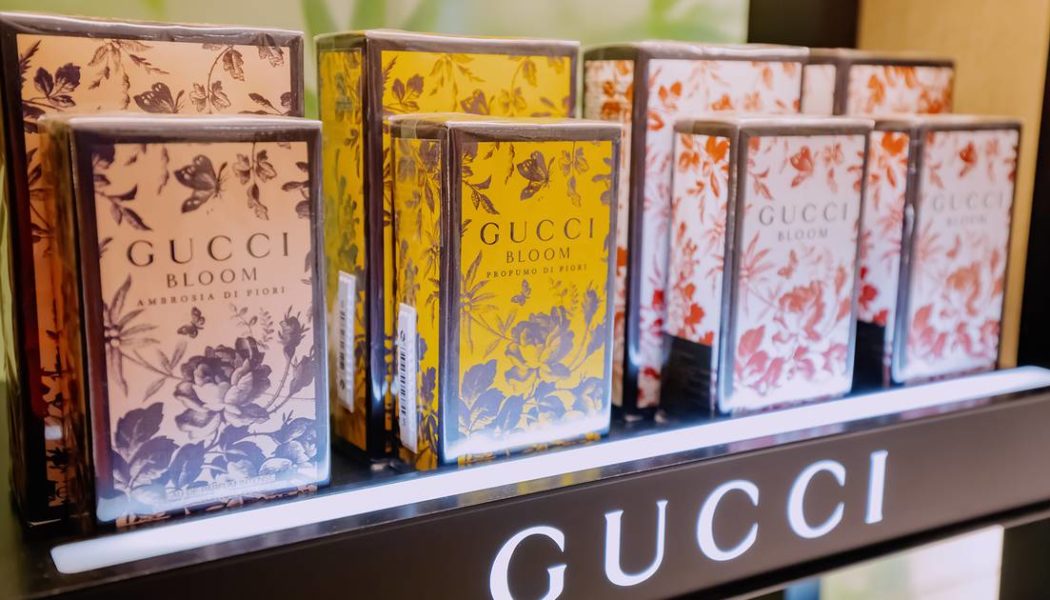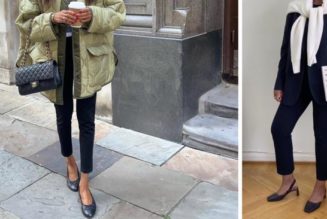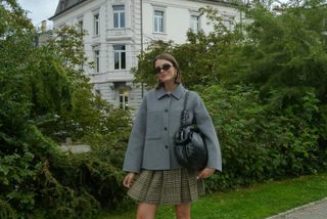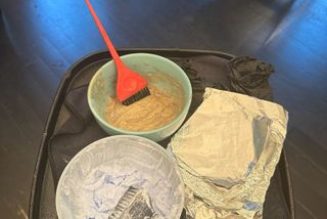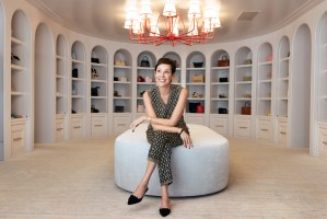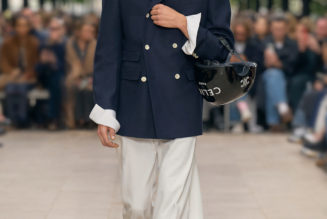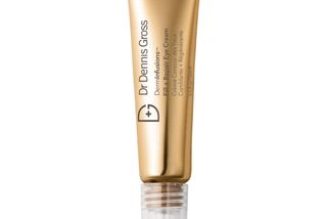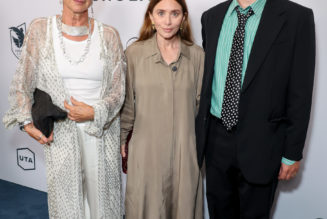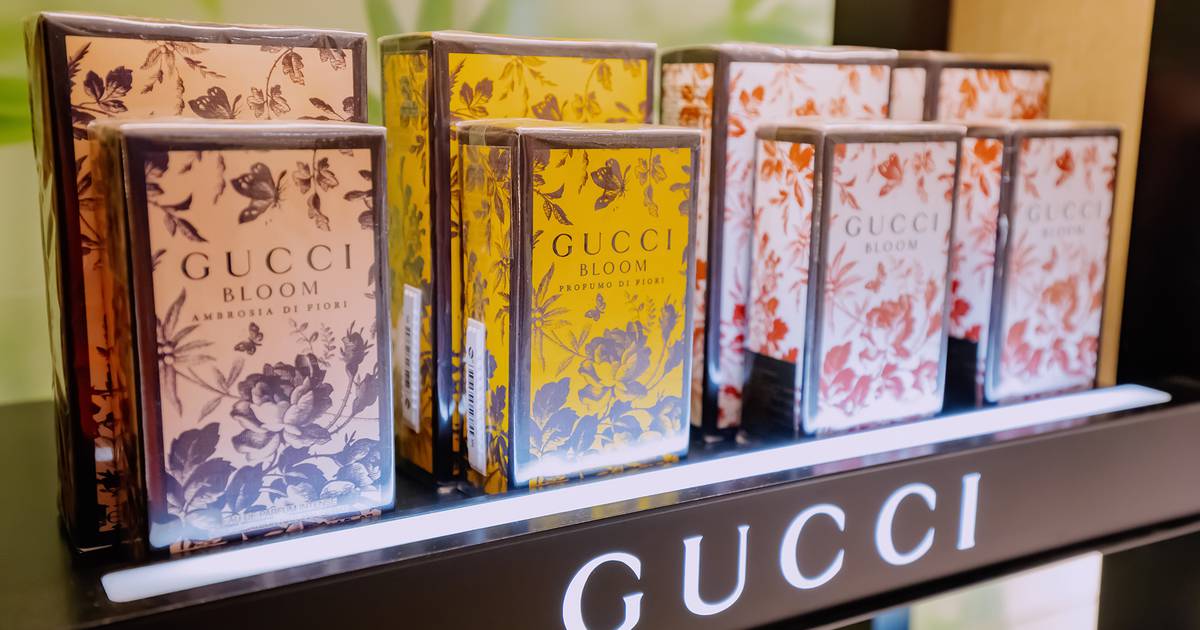
Everybody wants to know what’s next for Gucci Beauty.
When the beauty conglomerate Coty relaunched the luxury house’s label in 2019, it reflected the maximalist style and sensibility of Gucci’s then-creative director Alessandro Michele. Once indistinguishable from a suite of other glossy black palettes and lipstick tubes, the Michele-influenced iteration of Gucci Beauty featured bright floral and retro-inspired packaging and campaigns starring punk musicians like Dani Miller. It was eccentric and over-the-top — and very much Michele.
Initially, Michele’s vision resonated across fashion and beauty — both commercially and among industry insiders. Sales soared, prompting a Gucci renaissance. But by 2021, sales slowed and Michele’s Gucci lost its appeal to executives. In February 2022, Kering chair Francois-Henri Pinault told investors the brand would refocus on timelessness. Michele departed in November. Even before new designer Sabato de Sarno’s official solo debut, its team-designed menswear show in January was pared back.
The same sort of cinching may be in store for beauty. A March campaign for the Gucci Guilty fragrance showed actors Elliot Page and Julia Garner and rapper A$AP Rocky sprawled on the floor of a dressing room, featuring softer colours and looks. Gucci Beauty declined to comment.
The future of Gucci Beauty raises questions about how luxury fashion brands should approach their beauty businesses. Aligning fashion and beauty, which run on different timelines and serve different customers, is historically challenging. While embracing a designer’s aesthetic can be an effective tactic for a fashion house’s beauty business, leaning too far in comes with risk, especially when the label makes a creative shift.
As designer tenures grow shorter — in recent history, Ann Demeulemeester, Bottega Veneta and Burberry have all said goodbye to creative directors after less than five years — creating a timeless yet timely beauty line gets more complicated. Cohesive messaging is increasingly important as competition heats up: luxury brands now must compete with savvy upstarts as well as each other. Selling a dream is luxury’s competitive advantage.
“The image that [consumers] find in the product they can afford should be coherent with the brand image, otherwise, you don’t buy the dream,” said Mario Ortelli, managing partner at luxury M&A firm Ortelli & Co.
Moves from luxury conglomerates point to beauty becoming a bigger priority. Kering opened its own beauty division in February, tapping former Estée Lauder executive Raffaella Cornaggia as chief executive. LVMH named former L’Oréal executive Stephane Rinderknech head of its beauty segment in March.
“The story and creative world [a brand] builds is the most vital asset that a luxury brand has,” said Tony Wang, founder of Office of Applied Strategy who has worked with luxury brands — including Balmain, whose line is set to debut in 2024 — on beauty strategy.
How Fashion Builds Beauty
Traditionally, luxury brands offload their beauty lines to partners like L’Oréal, Estée Lauder and Coty, who handle development, marketing and distribution with guidance from the brand.
At best, these licensed beauty lines enhance a brand identity: L’Oréal’s line for Armani, known for its easygoing, sensual silhouettes, speaks to the brand on a product level with light luminous silk foundation and red lipstick, and creatively through breezy and sultry advertisements. Through licensing, smaller brands like Balmain or Maison Margiela, who both work with L’Oréal, can scale beauty lines without putting their own capital on the line.
A lack of cohesion can eat at brand equity. Of course, a licensee wants a licence renewed — but it is also incentivised to make as much money as possible during the contract, while for the luxury label, preserving brand equity is most important, said Ortelli.
When a conglomerate’s beauty output doesn’t align with a creative director’s approach, results can confuse consumers. In 2018, for example, Coty put out a campaign for Burberry’s Her Fragrance in the style of former creative director Christopher Bailey. The campaign, though, dropped just after new creative director Riccardo Tisci unveiled his streetwear-centric vision for the brand, with a new, more modern logo and monogram.
Similarly, Valentino Beauty, launched in 2021, uses red packaging, which harkens back to more historic Valentino hues, rather than the electric pink creative director Pierpaolo Piccioli has been pushing lately. Its perfume bears the brand’s signature rockstud, which it first rolled out in 2010 and had its heyday shortly after.
Misalignment means the large swath of consumers who predominantly interact with a brand through beauty don’t get a clear picture of it. Brand erosion is hard to track, especially when working with a licensee, said Ariel Ohana, managing partner at investment bank Ohana & Co.
“If that’s done at the detriment of the brand’s global equity, which is what will make the brand sustainable for the next several decades, you will end up paying the price,” said Ohana.
Operating in-house, as megabrands like Chanel and Dior do, offers more control, and not to mention, better margins. Much of the mystery surrounding beauty manufacturing has been dissolved, making it easier to launch beauty now, versus ten years ago, said Audrey Depraeter-Montacel, Accenture managing director and beauty lead. However, it’s still time and capital-intensive; beyond investments in product, marketing and distribution capabilities, operating beauty internally requires a mindset shift. Research, development and the commercial sides of the business interact with creative more, and earlier, said Wang.
“In fashion, creative is on a gold pedestal, it’s insulated and sets the agenda, but in beauty it’s a lot more cross-functional,” said Wang, saying brands have to think more like a consumer packaged goods company like P&G.
Coherence, Coherence, Coherence
In luxury, the tension between heritage and timeliness creates a unique dilemma, said Wang, especially when a brand has a creative director with a particularly strong point of view, or is in the midst of transition.
Aligning a luxury label’s beauty business with its fashion one, though, isn’t easy, particularly as brands have made a habit of rotating creative directors in and out quickly. Reworking products and packaging is operationally demanding and can dent profitability, so there’s higher stakes in building a solid strategy from the get-go.
At Gucci, for instance, giving Michele more say in beauty made sense at the time, said Wang. A pivot into a post-Michele, more heritage-centric Gucci Beauty era could be a slower transition — and an expensive process.
“The cost of redoing things in fashion is lower because clothing is seasonal, so people forget about it, but with beauty you have so much inventory on hand,” said Wang. “Second, third, fourth chances don’t come as easy.”
Smaller brands especially need harmony between fashion and beauty. Puig-owned Dries Van Noten’s range of lipsticks and perfumes uses colourful refillable packaging, mirroring the label’s use of bright hues and prints in clothing and its focus on sustainability.
A house like Dior, that has a larger budget and greater brand awareness, can handle more fragmentation. The label’s fragrances, including Miss Dior and J’Adore Dior, are distinct from one another. The Johnny Depp-fronted Sauvage, which was reintroduced in 2015, doesn’t necessarily reflect Kim Jones’ streetwear-inflected take on the brand’s menswear collection, but it remains the most popular fragrance of all time and is a huge sales driver.
“You’re not going to destroy a good thing because they have power … At the same time, if you ask a random person on the street, I don’t think they necessarily know [Sauvage] is a Dior perfume,” said Thomai Serdari, NYU luxury marketing professor.
Even Dior needs beauty to emulate what’s happening at the house today. Its new logo now appears on some makeup and perfume products; creative director Maria Grazia Chiuri’s designs are featured in some beauty advertisements, including for its Gris Dior scent.
Still, experimentation is necessary and beauty can be a channel to see how audiences react to particular cues or to appeal to new audiences like Gen-Z.
“Trends don’t only trickle down, but they can trickle up, so [experimentation] is very important for luxury houses in particular,” said Serdari.
